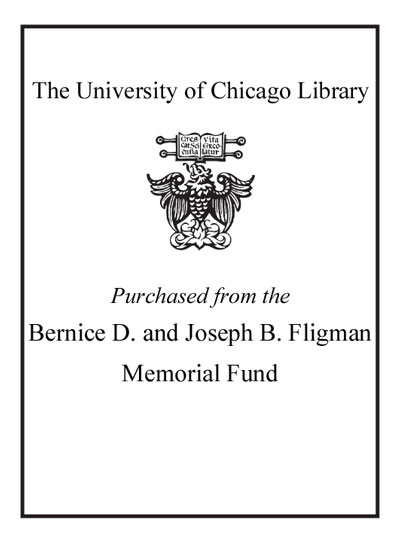| Summary: | The experience of colour in Islamic visual culture has historically been overlooked. In this new approach, Idries Trevathan examines the language of colours in Islamic art and architecture in dialogue with their aesthetic contexts, offering insights into the pre-modern Muslim experience of interpreting colour.0The seventeenth-century Shah Mosque in Isfahan, Iran, represents one of the finest examples of colour-use on a grand scale, emerging alongside a culmination of writings on light and colour by some of the most important scholars in Islamic and Persian history. Here, Trevathan examines the philosophical and mystical traditions that formed its backdrop. In so doing, he shows how careful combination of colour and design proportions in Islamic patterns expresses knowledge beyond that experienced in the corporeal world. Trevathan explores how the use of bright and luminous colours offered another language with which to know and experience God. Colour becomes a spiritual language, calling for re-consideration of how we read Islamic aesthetics.
|
|---|

